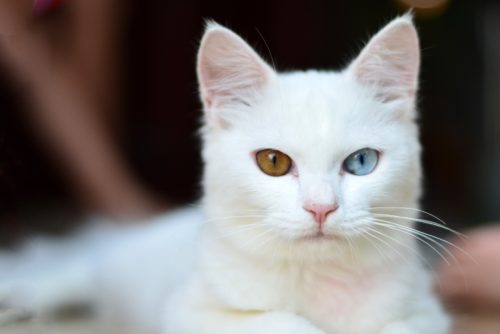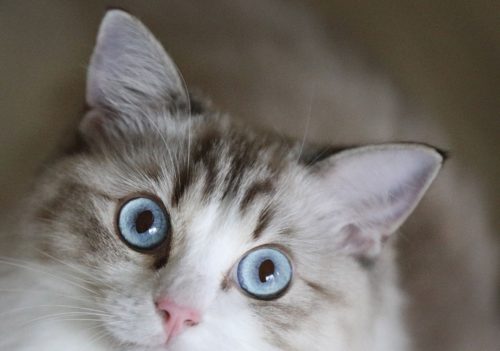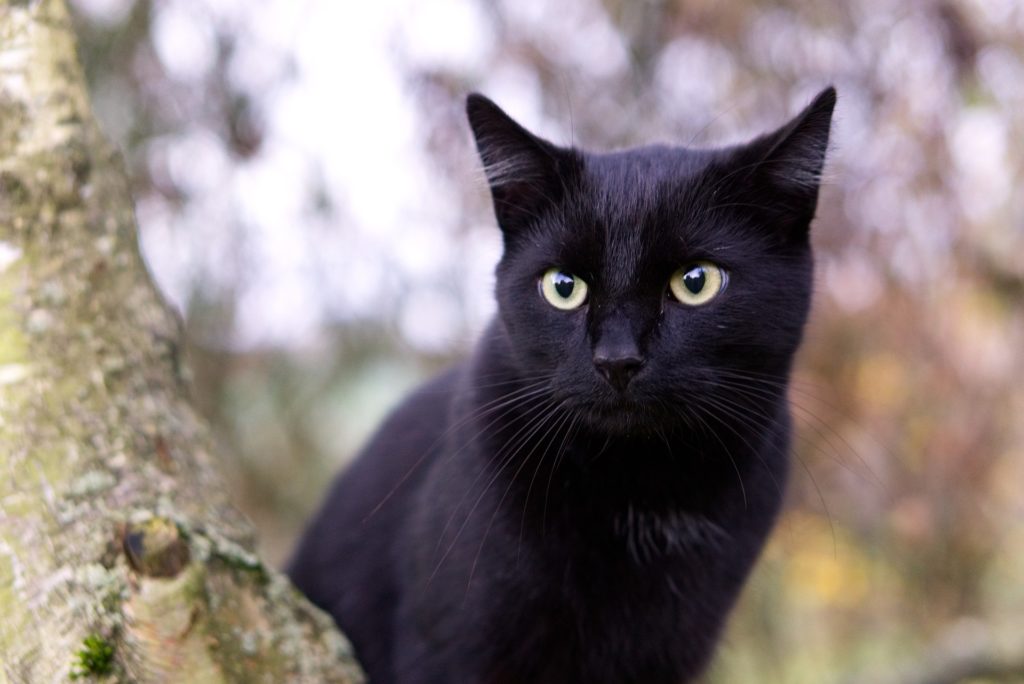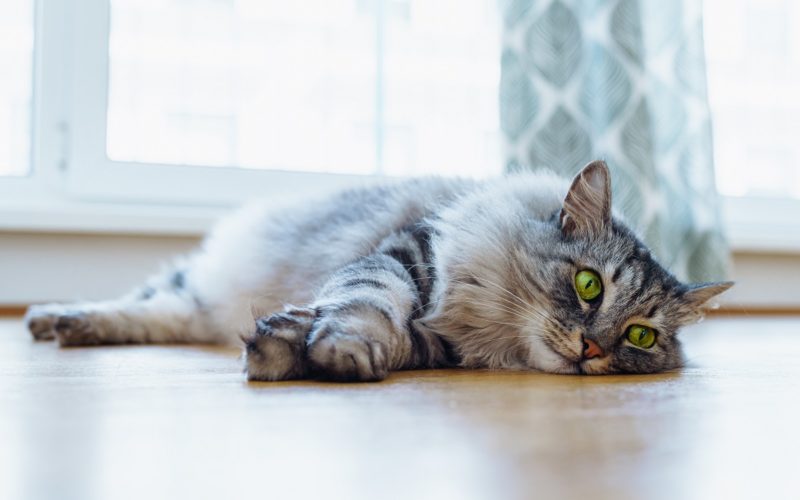“There is blood in my cat’s poop” is not a phrase you’d expect to say—that is, until you bring a feline friend into your family. Not to worry; you are not alone.
According to pet experts, intestinal upset or diarrhea is the sixth most common medical condition in cats. Of those, one of the most common afflictions cat parents report is blood or mucus in the stool.
How can I tell if there is blood in my cat’s poop?
Before describing what abnormal cat poop looks like, it’s important to identify a normal sample. Normal cat feces range between two to three inches long, one-half inch in diameter, with a formed structure and brown or tan color. Healthy cats will most likely defecate at least once a day.
Blood in a cat’s poop, on the other hand, is less obvious. The first reason is due to kitty litter, which can alter the color or conceal any abnormalities. The second reason is due to expectations of what blood in feces should look like.
There are two ways blood shows up in cat feces:
- Fresh, wet blood: This type originates in the lower intestinal tract, especially in the large intestine or the rectal region. Look out for red or pinkish drops or smears on the sides of the litter box and on the top of the stool or box.
- Dark brown flecks: This type of blood originates from higher up in the intestinal tract, particularly from the small intestine. The lesser obvious of the two, this blood will be black or brown, with the color change due to partial digestion by enzymes from the small intestine. Look carefully for specks which appear as coffee grounds.
Both constipation and diarrhea can lead to blood in cat poop. Bright red blood without either of these usually indicates that the problem is located near the rectum or anus.
What if I see mucus in my cat’s poop?

While blood in a cat’s poop appears as fresh red streaks or dark brown coffee grounds, mucus in a cat’s poop is a slimy, slippery discharge. Generally the more mucus you notice, the worse the condition.
In a healthy cat mucus is no cause for alarm; it’s a normal secretion from the intestinal tract to help aid along feces. It is not unusual to observe either greasy or slick coatings in the feces of your cat. What is abnormal, though, is an excess of slimy, clear or pale yellow-green liquid in your cat’s feces.
It is not uncommon for a cat to excrete mucus with blood in poop.
What causes blood in my cat’s poop?
There are several causes behind the blood or mucus in a cat’s poop.
Common causes behind blood in cat feces include:
- Changes in diet, which lead to food intolerance
- Infections
- Inflammatory bowel disease, or IBD
- Intestinal parasites including Giardia
- Trauma
- Anal gland abscess or infections. An abscess is a tender mass surrounded by a pink or deep red colored area. This mass is full of pus, bacteria, and debris and is mostly caused by infections.
- Rectal polyps or tumors
- Constipation, also known as idiopathic feline megacolon
- Exposure or ingestion of poison or toxins, including rat poisons or medications
- Cancer
What should I do if I see blood in my cat’s poop?

If you notice blood and excess mucus in your cat’s feces, contact your veterinarian right away. Blood, especially digested, dark blood, can point to a serious condition.
Your veterinarian will want to know your cat’s medical history. He or she may also search for blood, parasites, bacteria, or other indicators via a physical exam and/or a microscopic evaluation.
In more serious cases, the vet may order x-rays, an ultrasound, or blood and urine tests to determine the underlying cause. By determining the cause, your vet can better prescribe a treatment plan.
How do I treat blood in my cat’s poop?
If the condition is less serious, your cat may be treated on an outpatient basis. More serious cases require further treatment, such as dehydration or internal bleeding.
If there is foreign matter or a buildup of feces blocking the intestinal canal, balloon dilation may be used to widen the canal gently and gradually until the blockage can be released.
In other cases, rectoanal diseases such as hernias or polyps may call for surgery. Cat pain medications may be prescribed to remedy the pain, including antibiotics, anti-inflammatory drugs, and laxatives, depending on the cause. Your vet may also recommend laxatives to help ease the defecation process.



